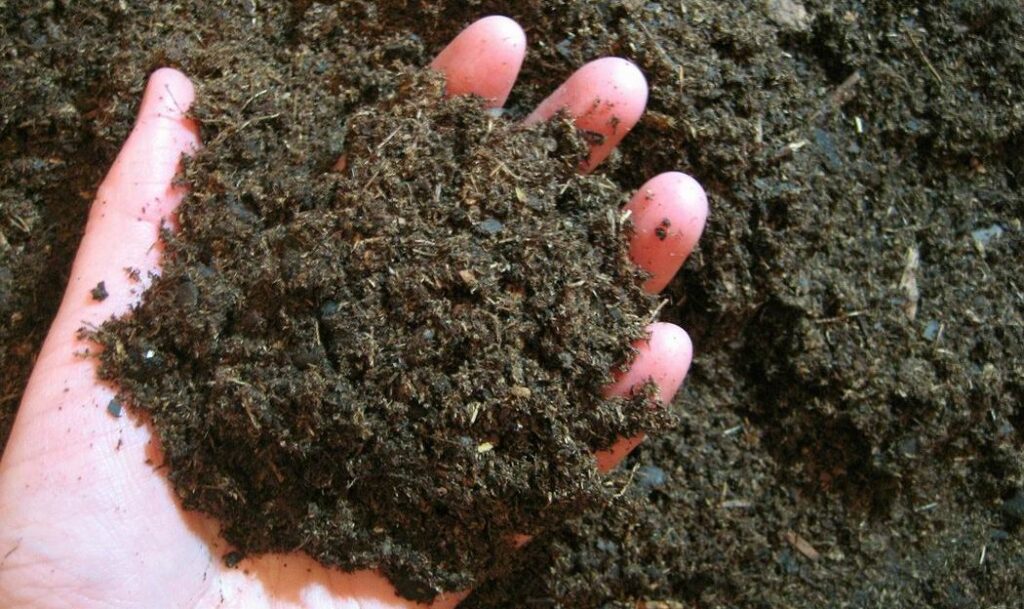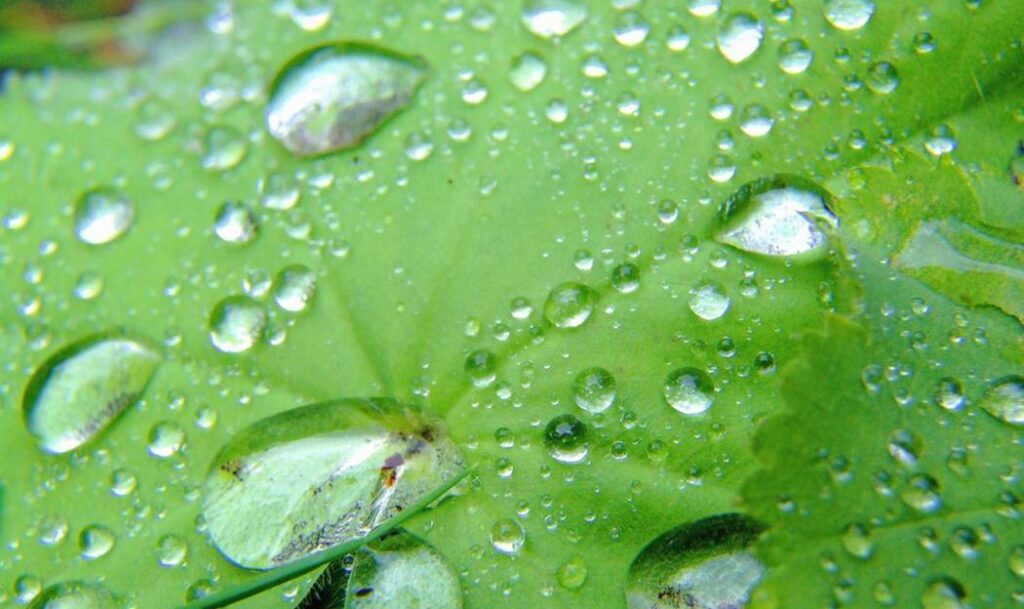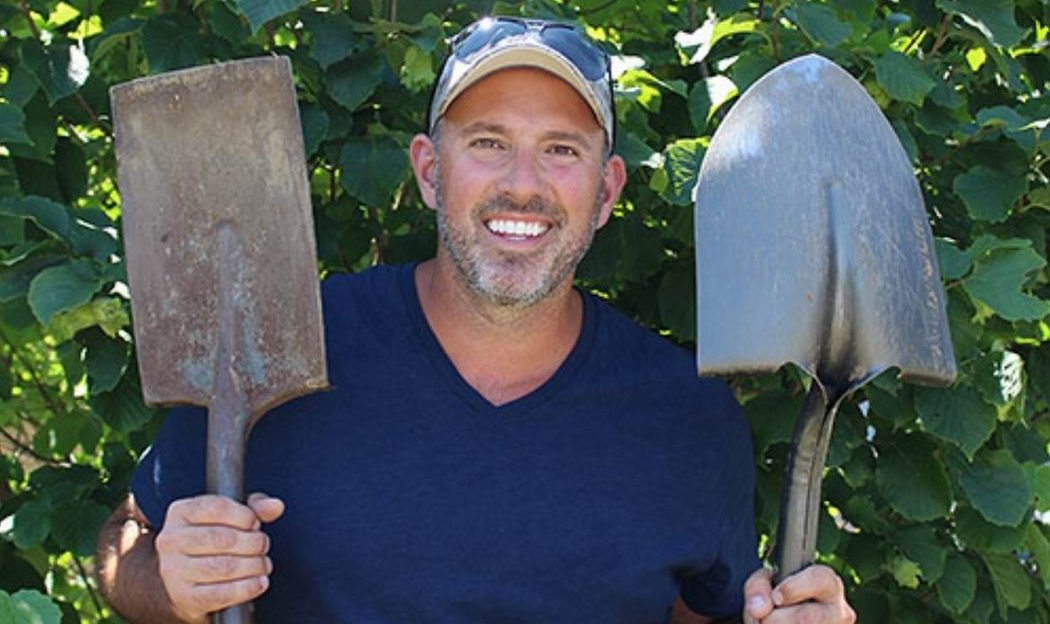As the gardening world welcomes a whole new batch of plant and vegetable enthusiasts, I am going to take a moment to set the record straight on what you really need in your space to be successful in the garden.
I am so excited that millennials, unlike generation Xers, have literally dug in and are gardening with gusto. According to forbes.com, gardening has joined travel and DIY at the top of the hobby list for this sizable demographic.
Unfortunately, millennials are turning to some questionable online sources for information. Anyone with a smart phone and a YouTube account can pass as an expert, buy followers and create a career based on suspect content.
So, what do you need to be successful in the garden? Here are some of the gardening terms, tools and practices that have caused a lot of confusion.
Dirt vs. soil

If you’ve ever mistakenly mixed up these terms when speaking to a master gardener, you’ll understand the passion that a horticulturalist has about the medium his or her plants grow in.
Soil is the good stuff. It is full of living micro-organisms, organic matter, earthworms and nutrients that plants need to survive.
Dirt has none of these. It is considered dead soil. You can amend it with compost in an effort to rehabilitate it, but until you do, nothing but a few weeds will ever grow in it.
Shovel vs. spade
Both of these are digging tools, but do you really know the difference between them?
I’ve been told that a spade is the tool shaped like a spade in a deck of cards. This is actually wrong. The spade is the garden tool that has a flat edge, used for digging trenches.
A shovel is the one that looks like the symbol on a playing card and is used for planting and general digging because of its pointed tip.
Mulching to be successful in the garden
There have been many debates on the benefits of mulch in the garden. As a weed barrier, it is very effective at keeping the spreading seeds from reaching the soil below. Mulch also adds some nutritional benefits as it breaks down into the soil over time.
When to mulch is what most people get wrong. Mulching in the spring is important, but most people do it too early. In the spring, I’ve always tried to mulch when the snow melts to conserve water by keeping the ground moist. Mulch acts as an insulator, protecting the plants from the elements.
However, if you put it on the ground before the soil is completely thawed, the mulch keeps the ground colder for longer! The best time to put down mulch is when the ground is 5 C to 7 C.
You can actually measure ground temperature by completely burying a thermometer. (Just remember to put the thermometer in a re-sealable bag first.)
When to water

The average garden needs a minimum of two inches (or five centimetres) of water per week in a perfect growing situation. What’s the best way to know how much water you’ve received that week? Invest in a rain-water gauge. It’s the easiest method I’ve ever used.
More is not always better for your plants. Studies show that more water usually makes bigger vegetables, but that isn’t always a good thing. Water dilutes the natural sugars in several vegetables such as beets, and too much of it can cause fruiting vegetables such as tomatoes to split open.
So how do you judge what you need to be successful in the garden? Here are the signs you need to watch for:
- Test the soil at least one inch (2.5 cm) below the surface; if it’s dry, it’s time to water
- If the leaves of the plant look limp and droopy, it’s time to water
- If the ground or the soil at the top of the pot is cracked, it’s time to water
If all of this sounds confusing, go with a simple irrigation system or a self-watering vegetable pod.
Technology has changed the way we deliver water to our plants. I love the new solar-powered options that run only when it’s sunny outside. I also love the systems that are on timers so you can go away for long periods of time.
Some new gardens have reservoirs that allow plants to get the water they need even if the gardener isn’t there to turn on the hose.
Choose a system that works best for your lifestyle and for the plants you’re trying to grow.
Most gardeners will tell you it takes time and patience to learn to be successful in the garden. My advice to new gardeners is to work with experts and stores that have the history and the experience. They have navigated all of the pitfalls, so that you don’t have to.
Originally published Aug. 25, 2018






